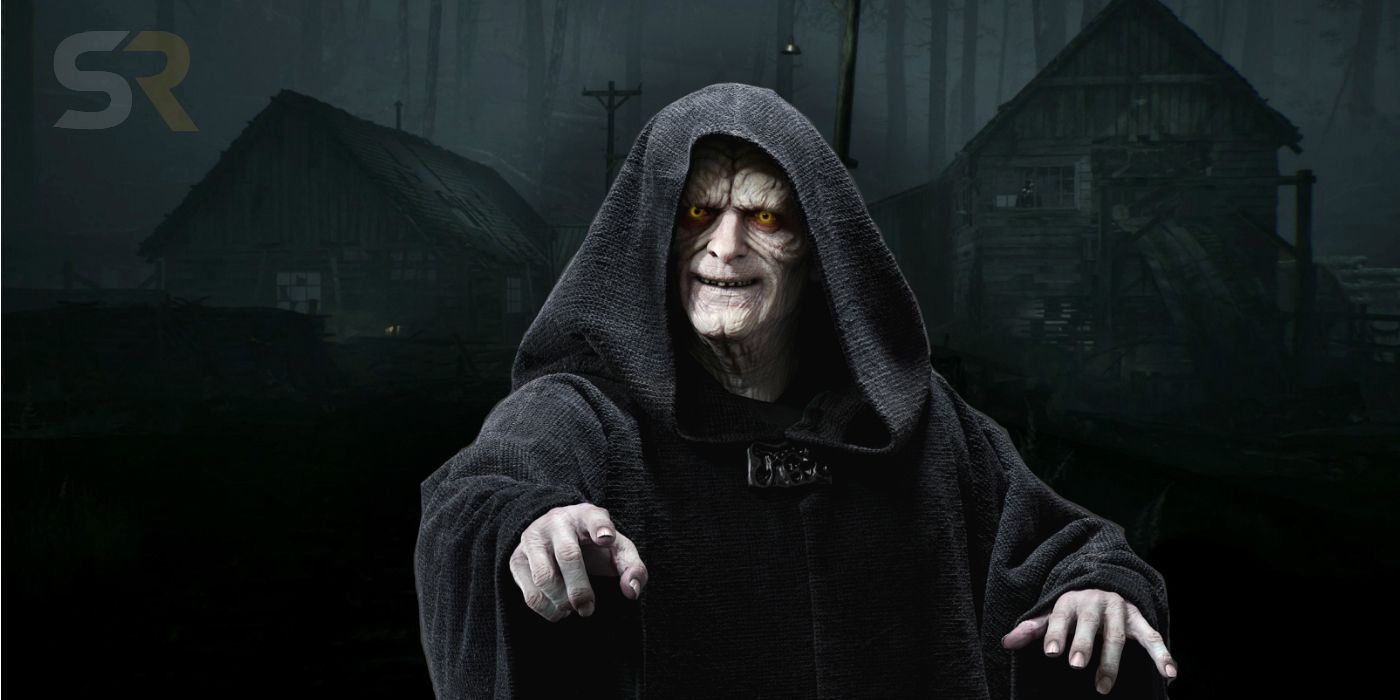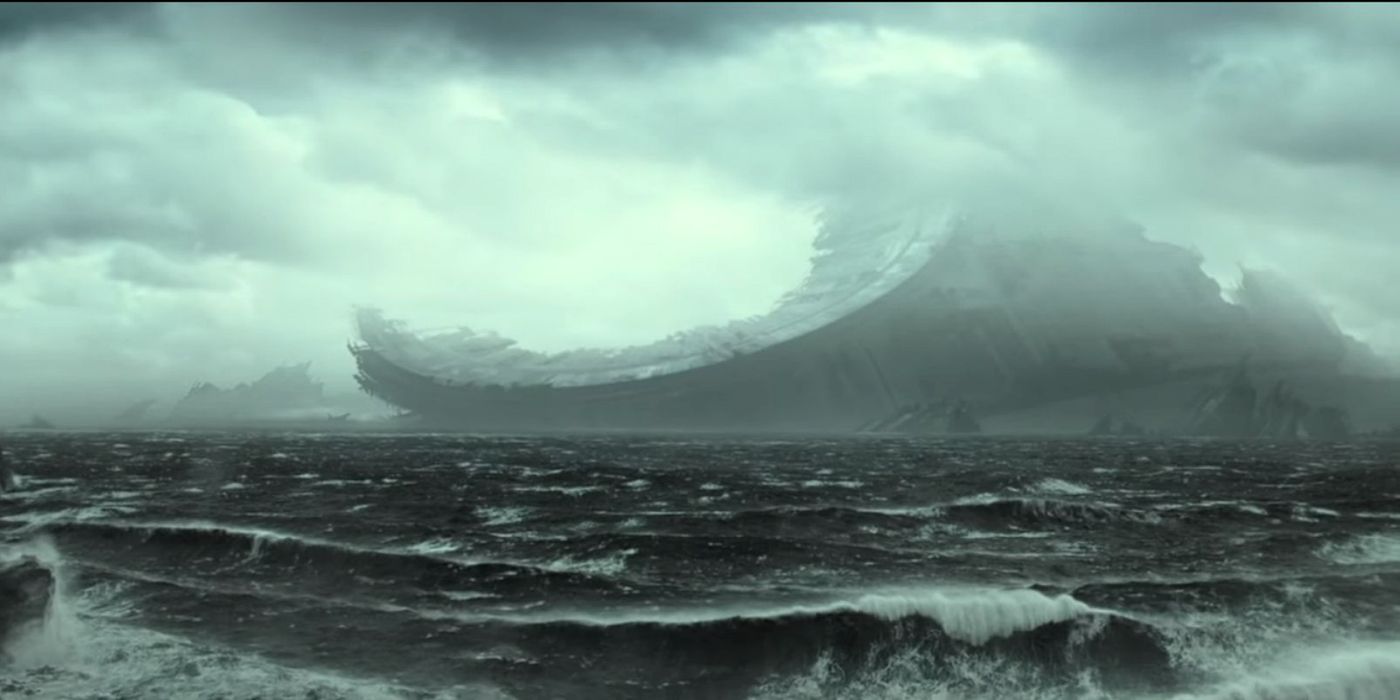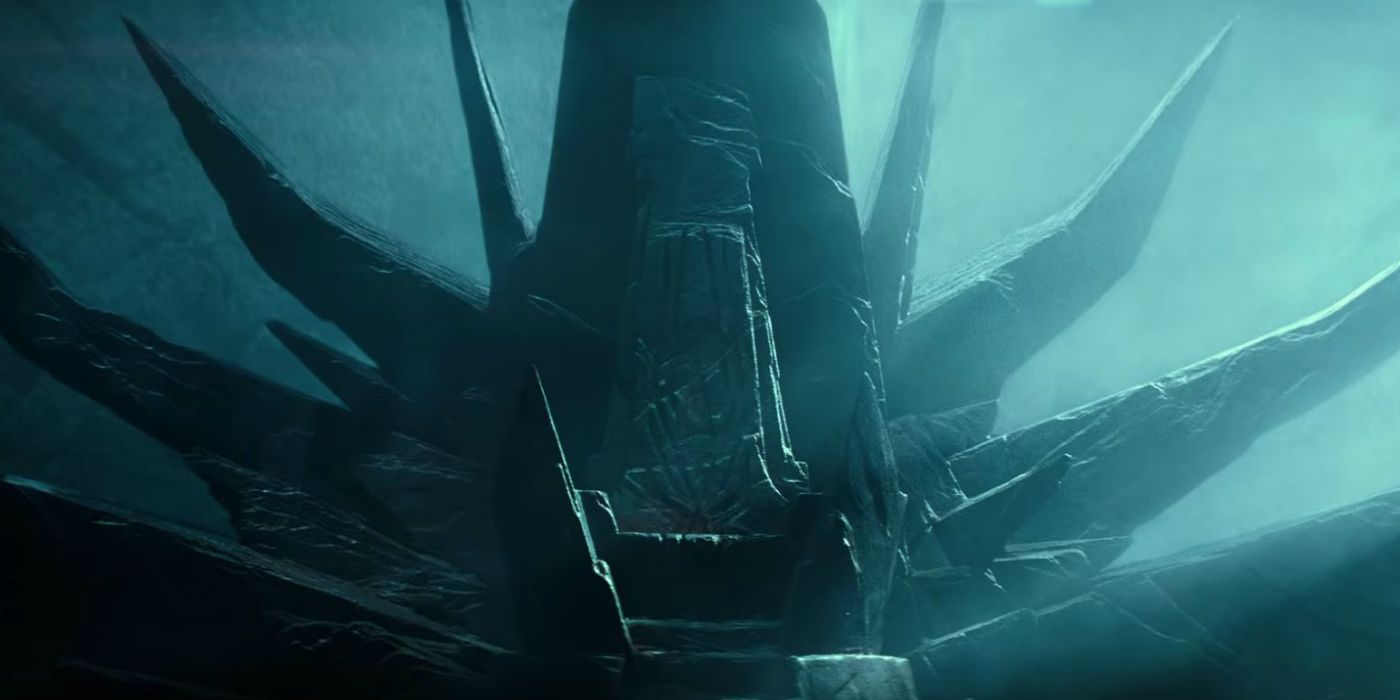The second movie in the new trilogy directed by J.J. Abrams, Star Wars: The Rise of Skywalker uses horror movie techniques throughout to try (and sometimes fail) to make the Dark Side seem scary.
After the less-than-warm reception of the Star Wars prequels in the 2000s, the big screen fate of the franchise was uncertain. The Abrams-directed 2015 release of Star Wars: The Force Awakens reinstated its status. A critical success, it introduced new characters like Finn (John Boyega), the defecting Stormtrooper, and Poe (Oscar Isaac), the overconfident pilot. The second movie in the trilogy, although less warmly received, introduced new dynamics between characters that hinted at the threat the Dark Side of the Force posed to protagonist Rey (Daisy Ridley).
Trailers for Episode IX teased the return of Emperor Palpatine (Ian McDiarmid), Sith practitioner and ultimate evil. He now spans every Star Wars movie trilogy, a constant threat who attempts to lure Jedi protagonists to the Dark Side. Though he experienced failure with Luke, he was successful with Anakin, leaving the fate Rey and Kylo Ren (Adam Driver) uncertain. His attempts are framed as terrifying, especially in the most recent installation.
Star Wars: The Rise Of Skywalker Tries To Look Like A Horror Movie
Many of the scenes that touch on the Dark Side lean into a look usually associated with horror. The sets are dark, with low lighting and pools of shadow in which anything could be hiding. The music is ominous, with deep vibrating strings and ominous musical stings. Palpatine himself looks like a creature out of a horror movie. His sunken eyes, pale dead skin, and yellow demonic eyes make him a dead ringer for the nun monster from The Conjuring franchise.
The scene in which Rey tracks down a Sith wayfinder is an analogue for the scene in Star Wars: The Empire Strikes Back when Luke faces the Dark Side cave. In both scenes, the Jedi face a dark version of themselves, testing their strength and will. In Episode IX, the horror is played up. Dark Rey not only hisses like a vampiric monster in a way that reads more comedic than likely intended, but her appearance is shocking and sudden. Jump scares are the currency of horror movies, a technique that can be used very effectively, or, in this case, poorly, as a cheap shot at the audience.
Star Wars: The Rise Of Skywalker Borrows From Traditional Horror Movie Settings
Cults are the lifeblood of a number of horror movies. Protagonists being suddenly thrust into a ritual they never signed on for by shadowy figures is recognizable to many horror fans. Rosemary’s Baby pits the pregnant Rosemary (Mia Farrow) against Satanists; Hereditary pushes Peter (Alex Wolff) into the clutches of Paimon worshippers. Rey finds herself facing the Sith.
Palpatine is treated like the ultimate monster. His voice, often disembodied, has a deep threatening tone reminiscent of the voice of Black Phillip in supernatural horror The Witch. The movie’s opening pushes Kylo Ren (Adam Driver) into the clutches of this monster, a scene designed like a horror movie through its visuals and sound mixing. However badly Star Wars: The Rise Of Skywalker tries to be a horror movie, it ultimately fails because it isn’t a horror movie throughout. The tension of the opening is immediately dissipated in the following scene, which is a comedic interaction between Poe, Finn, and Chewbacca. While the movie might aim to frame the Dark Side in one genre, ultimately those scenes melt away into the corny sci-fi adventure film audiences know and recognize.



